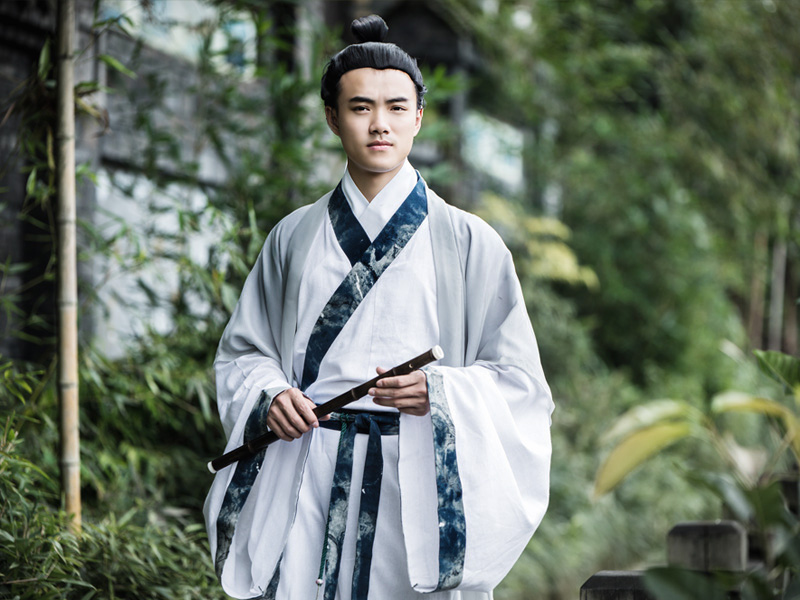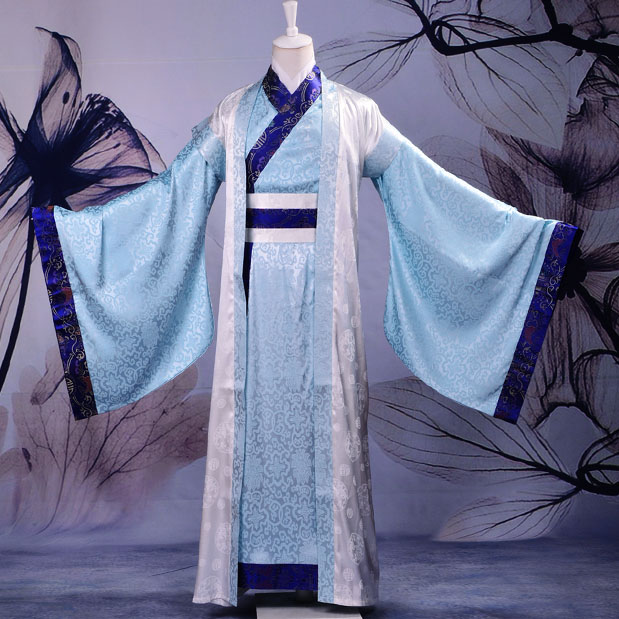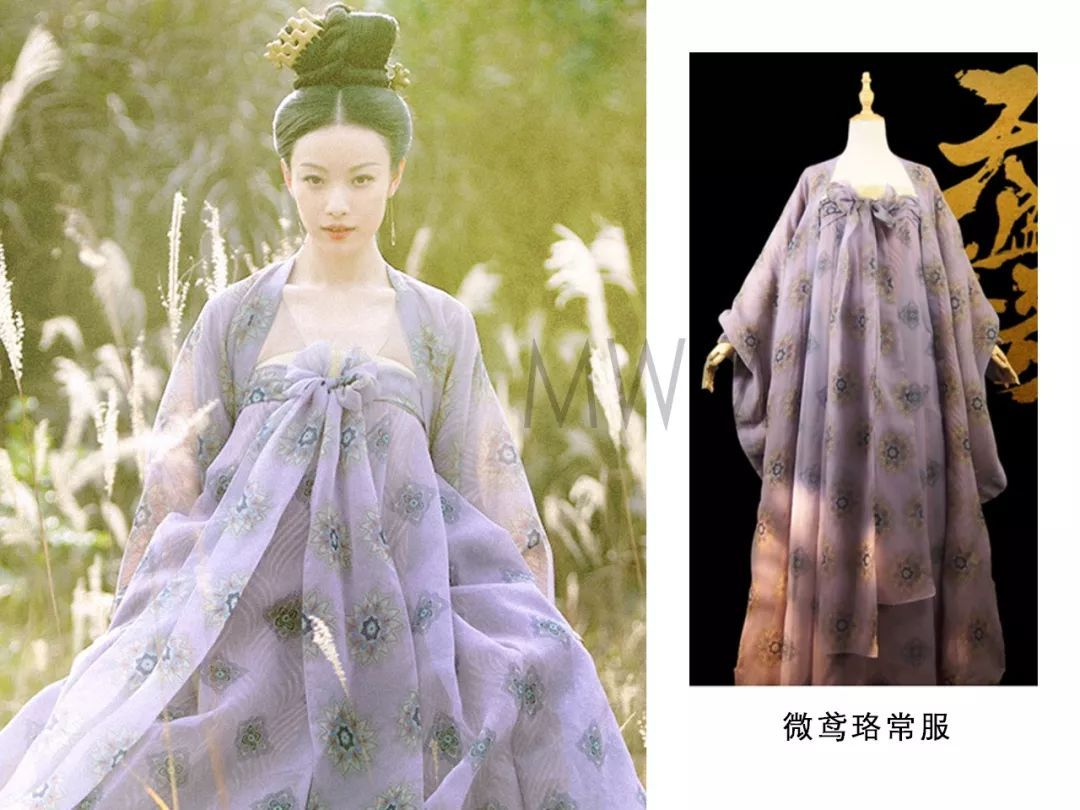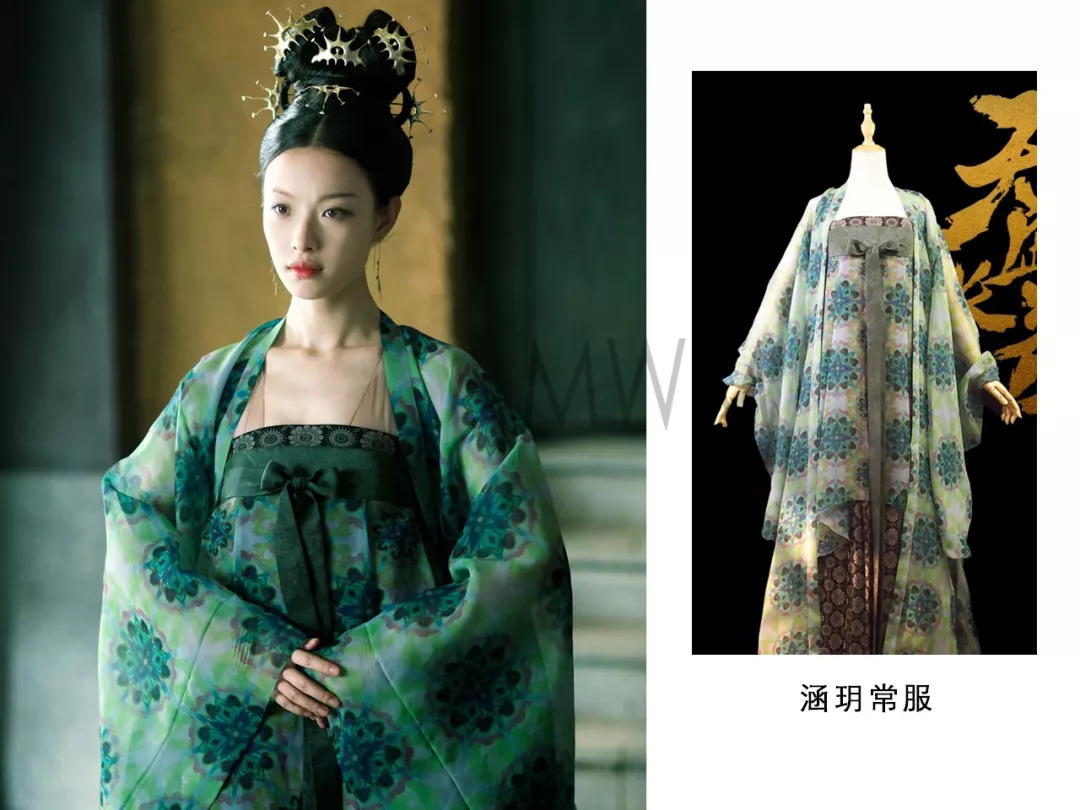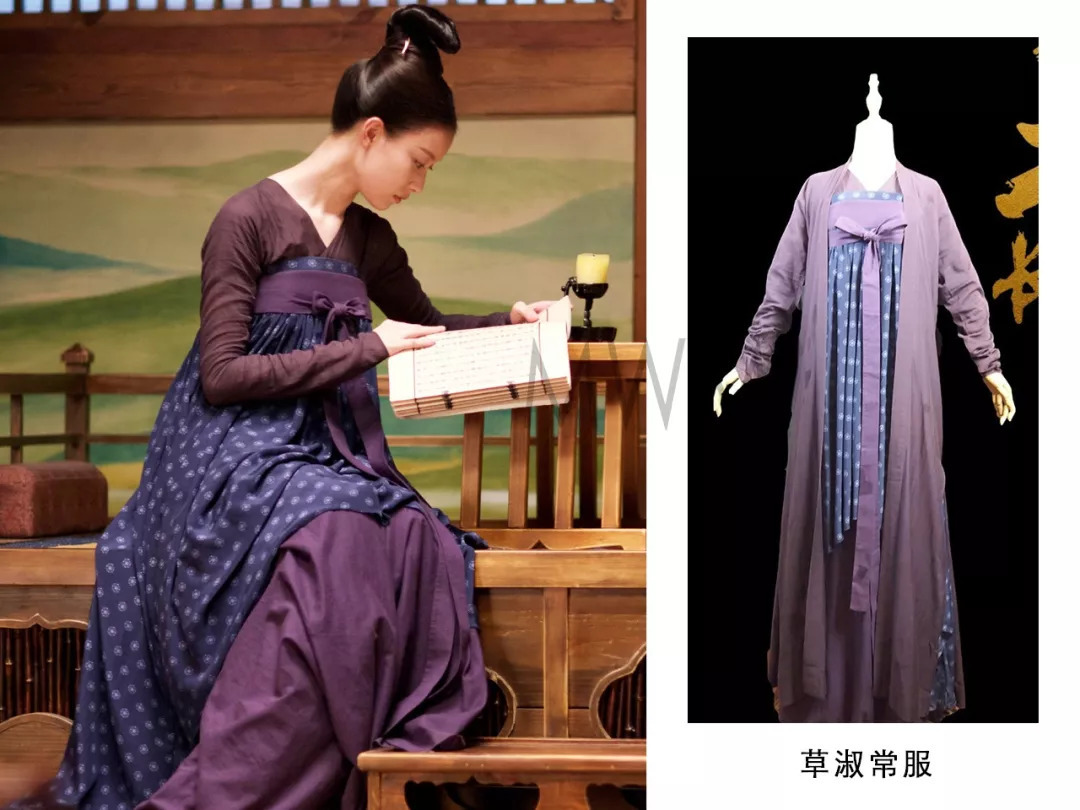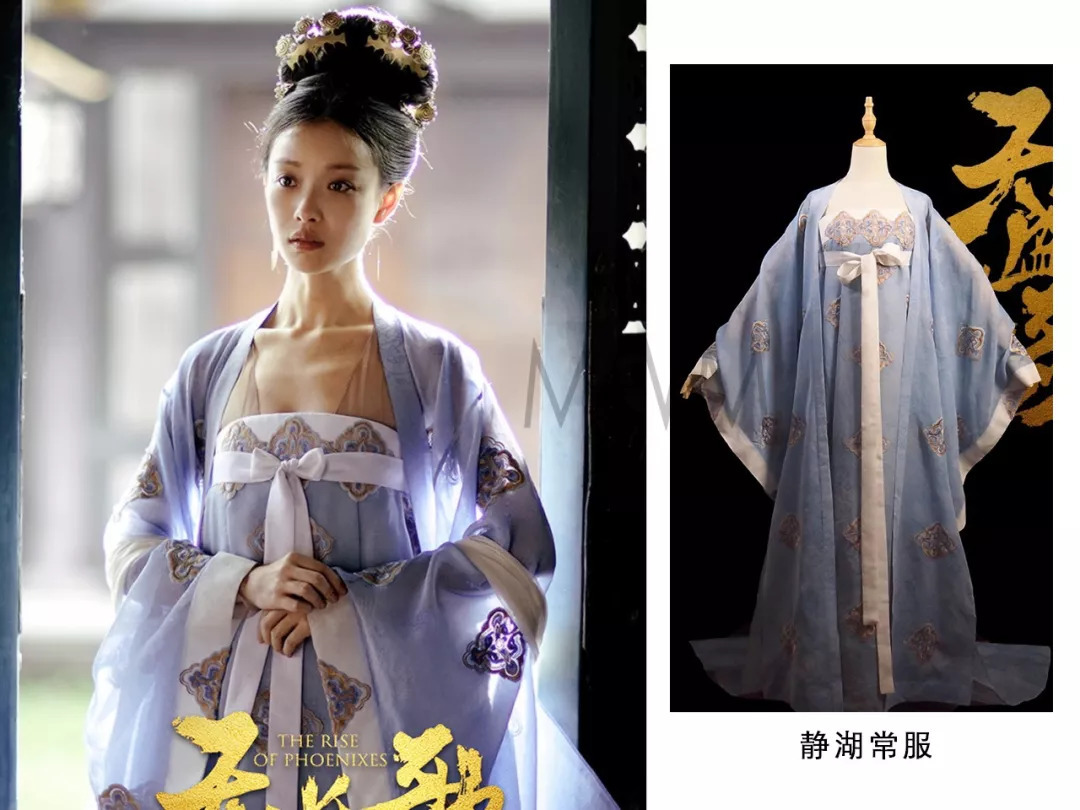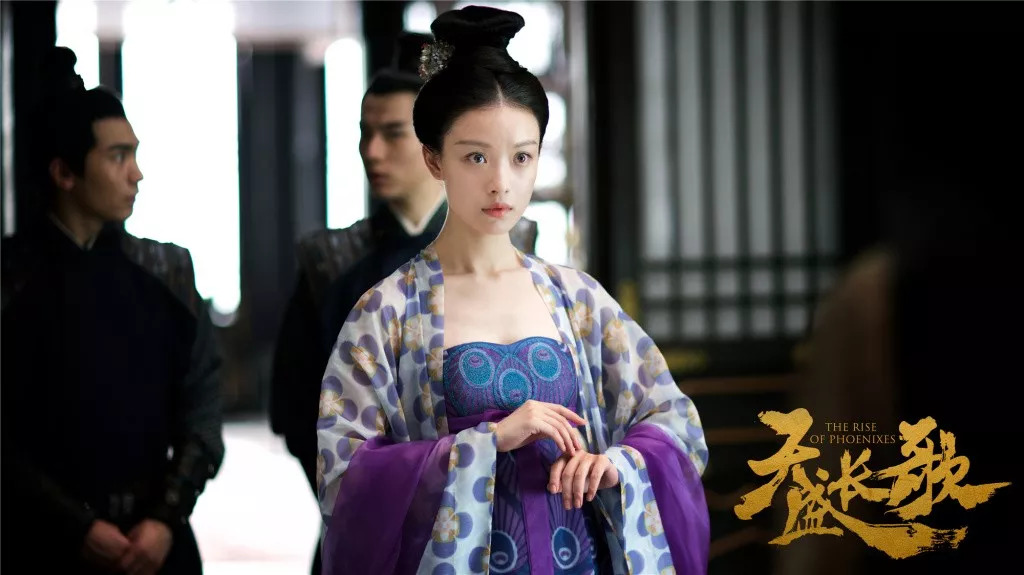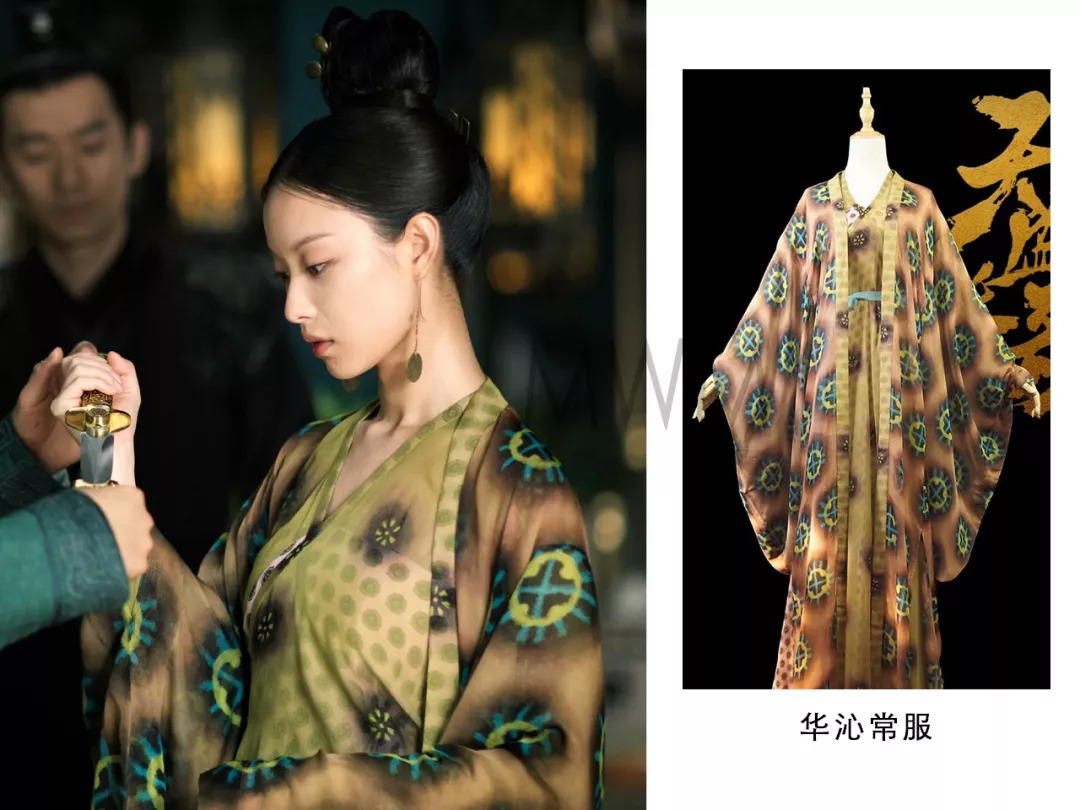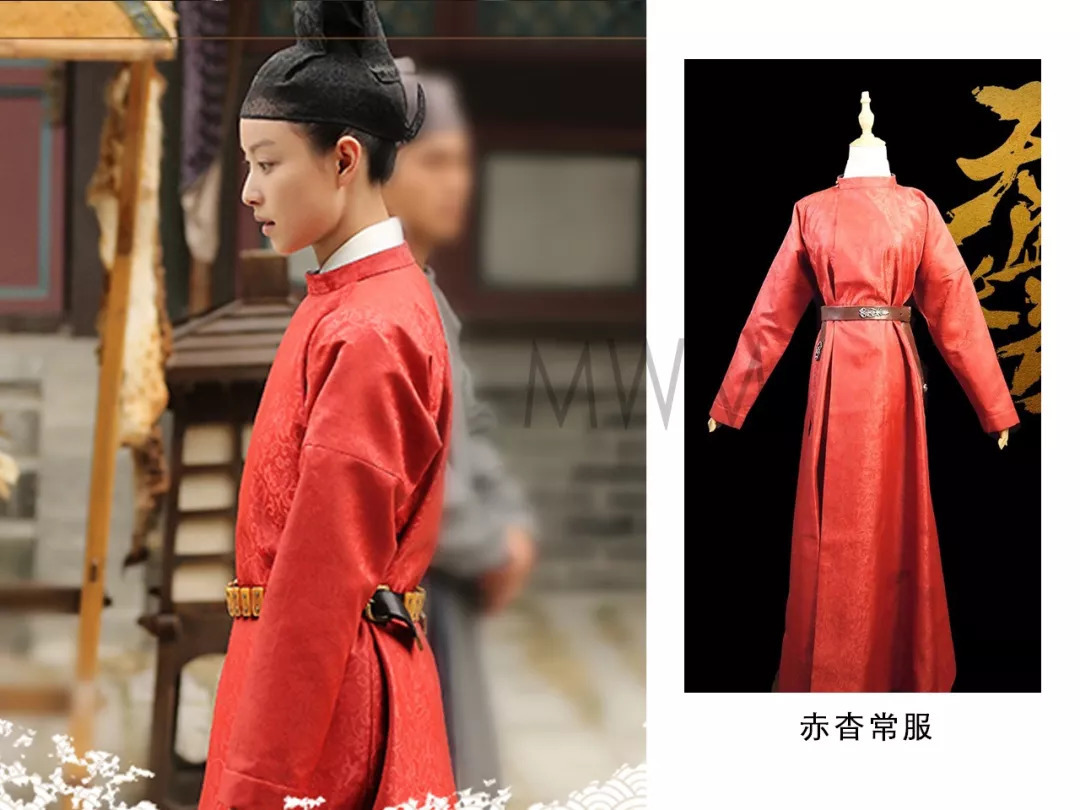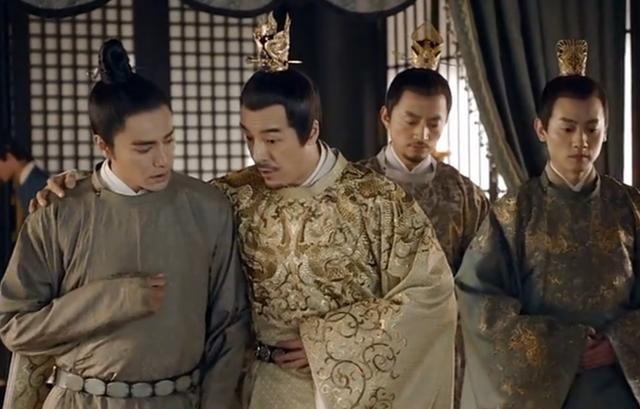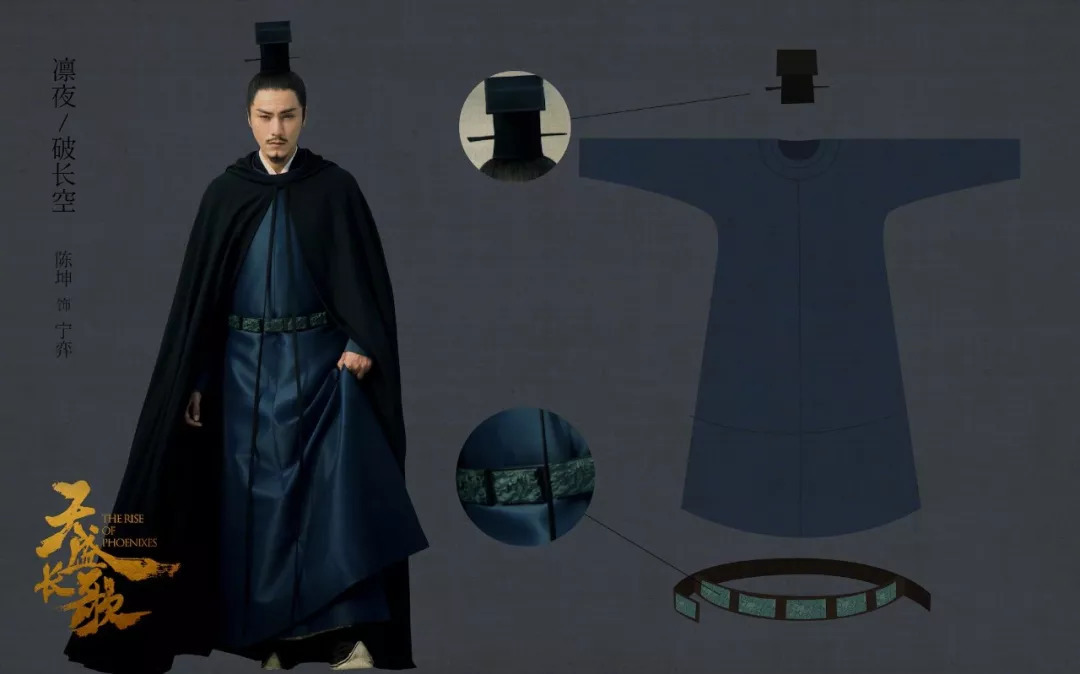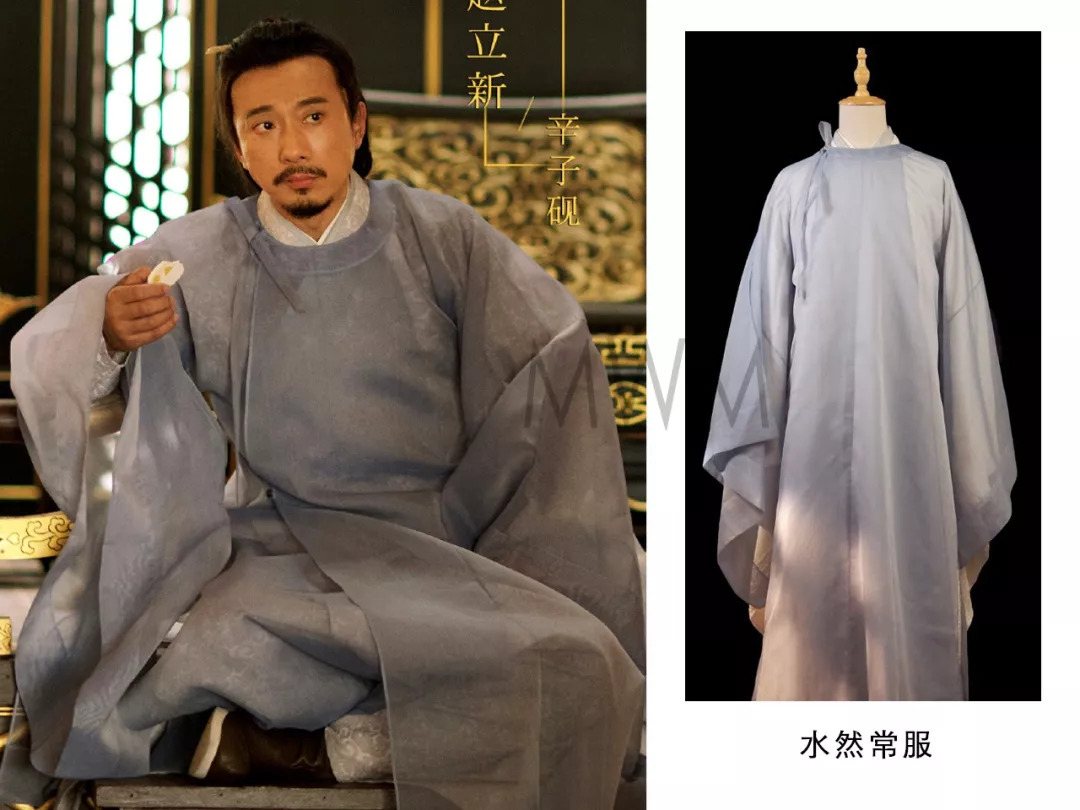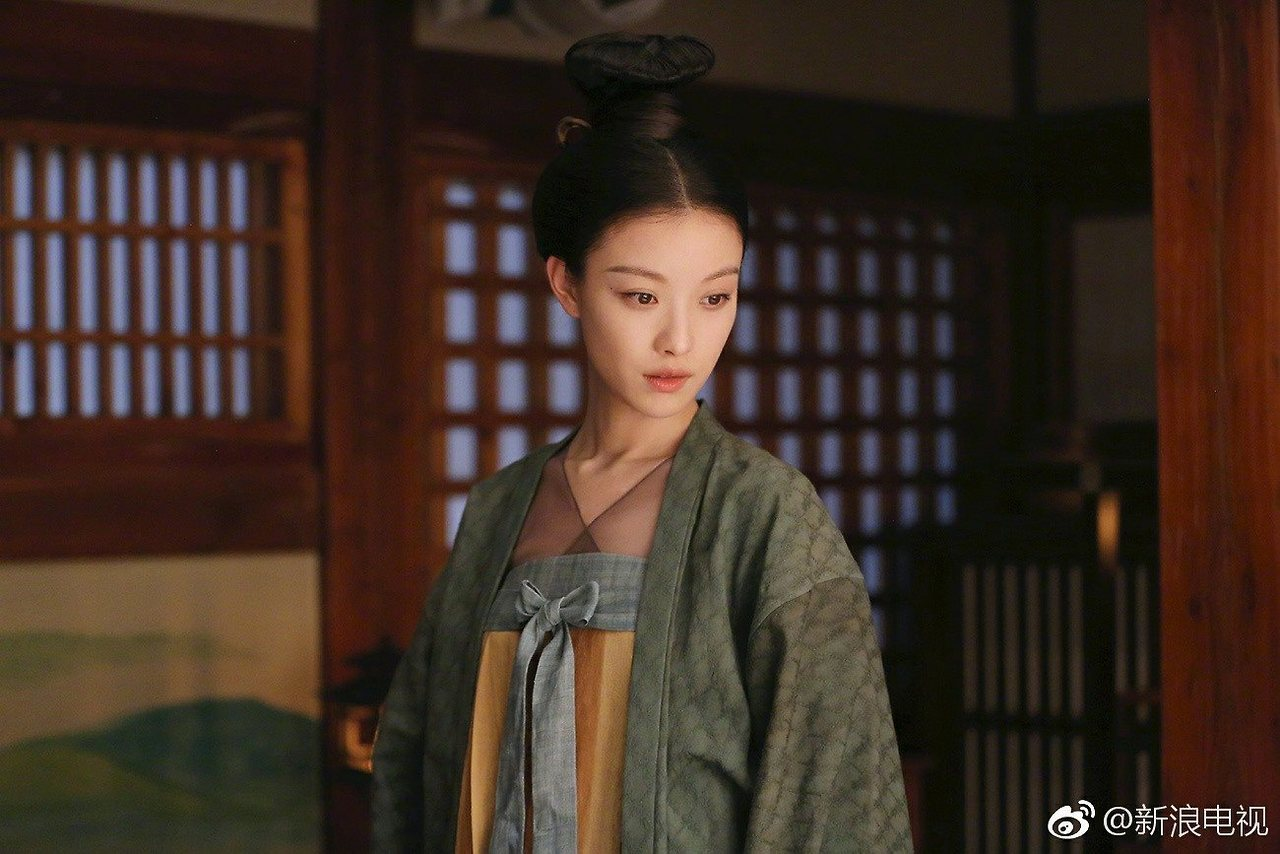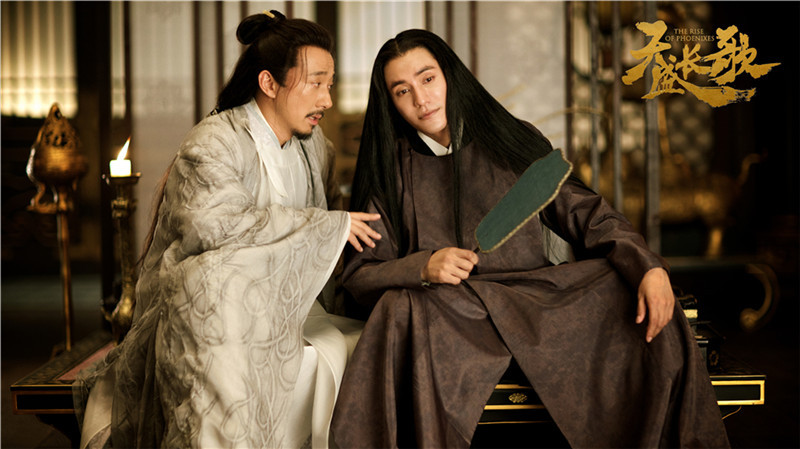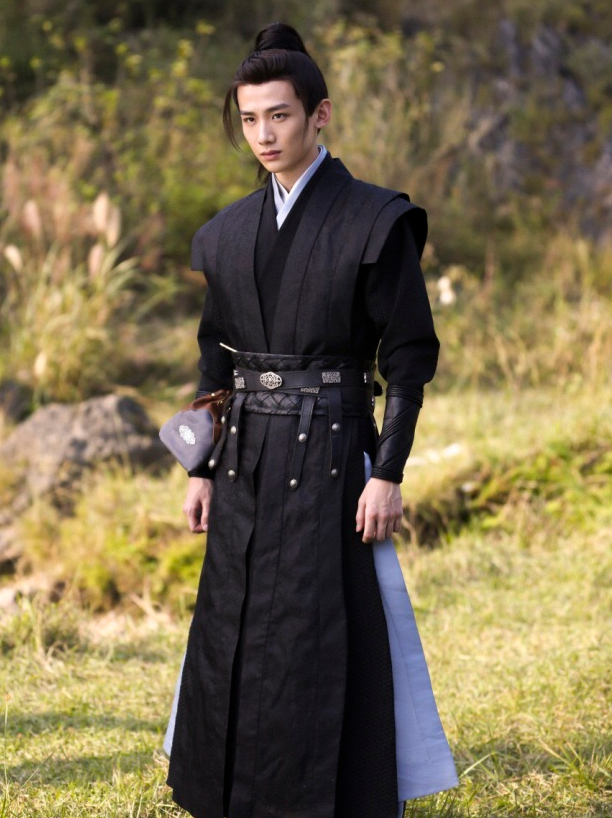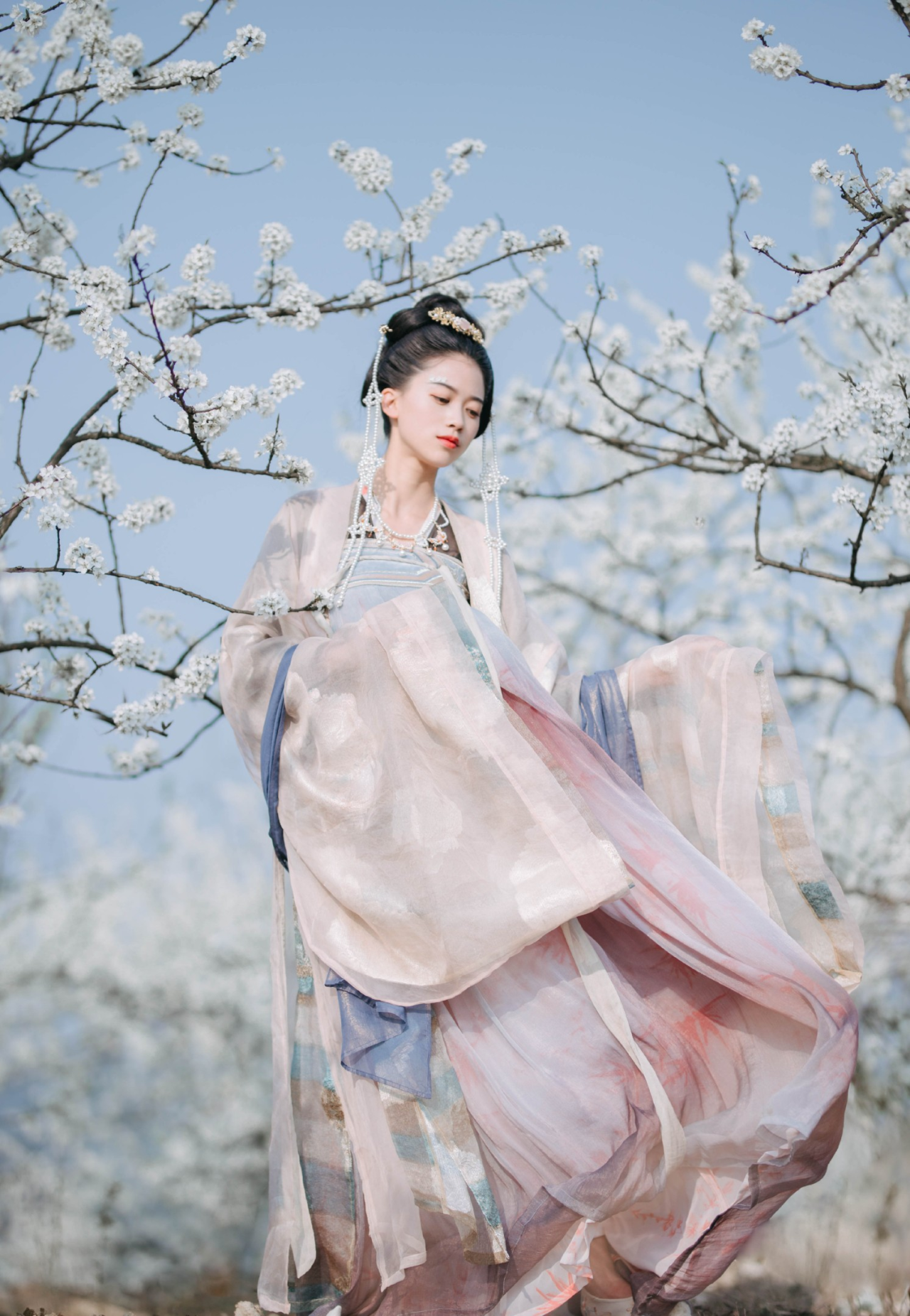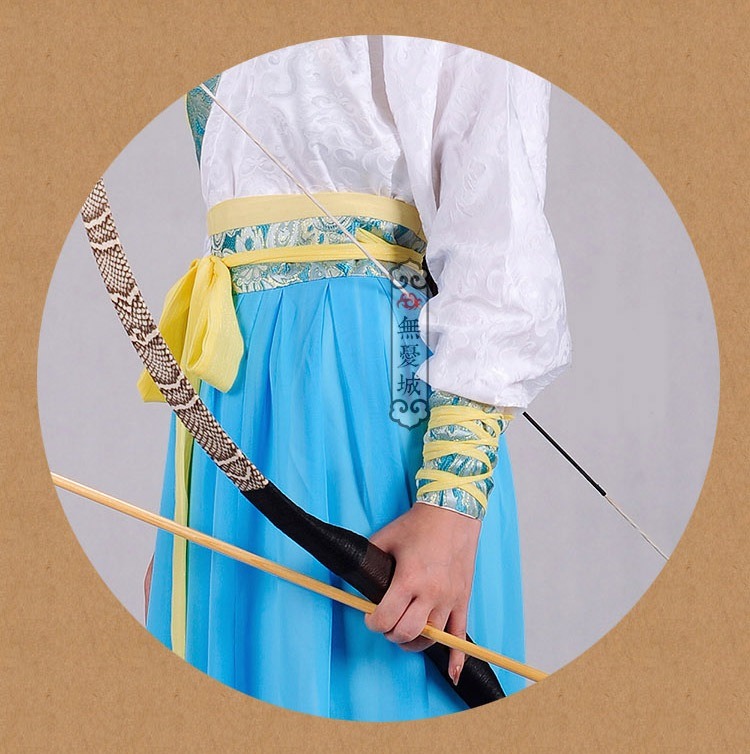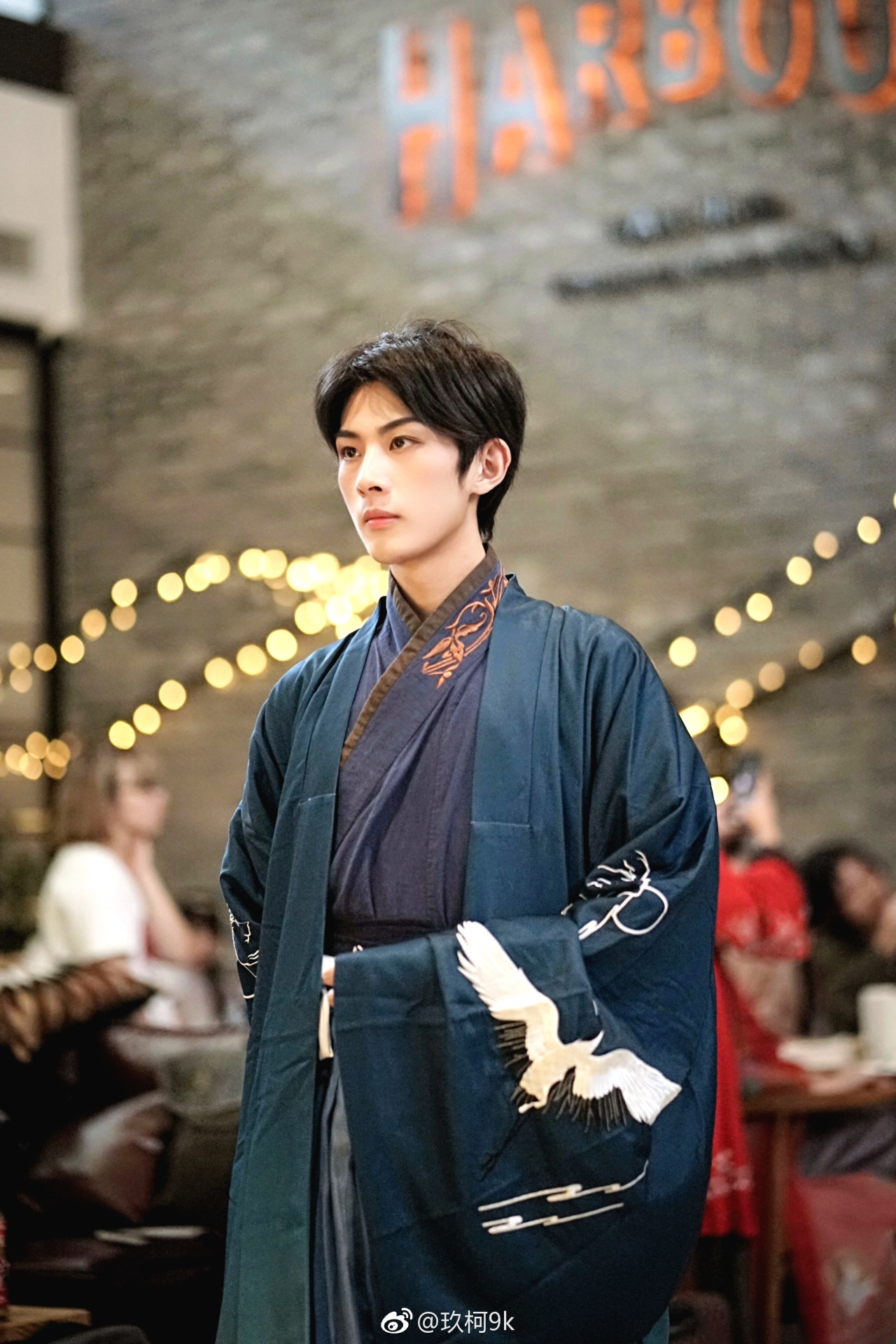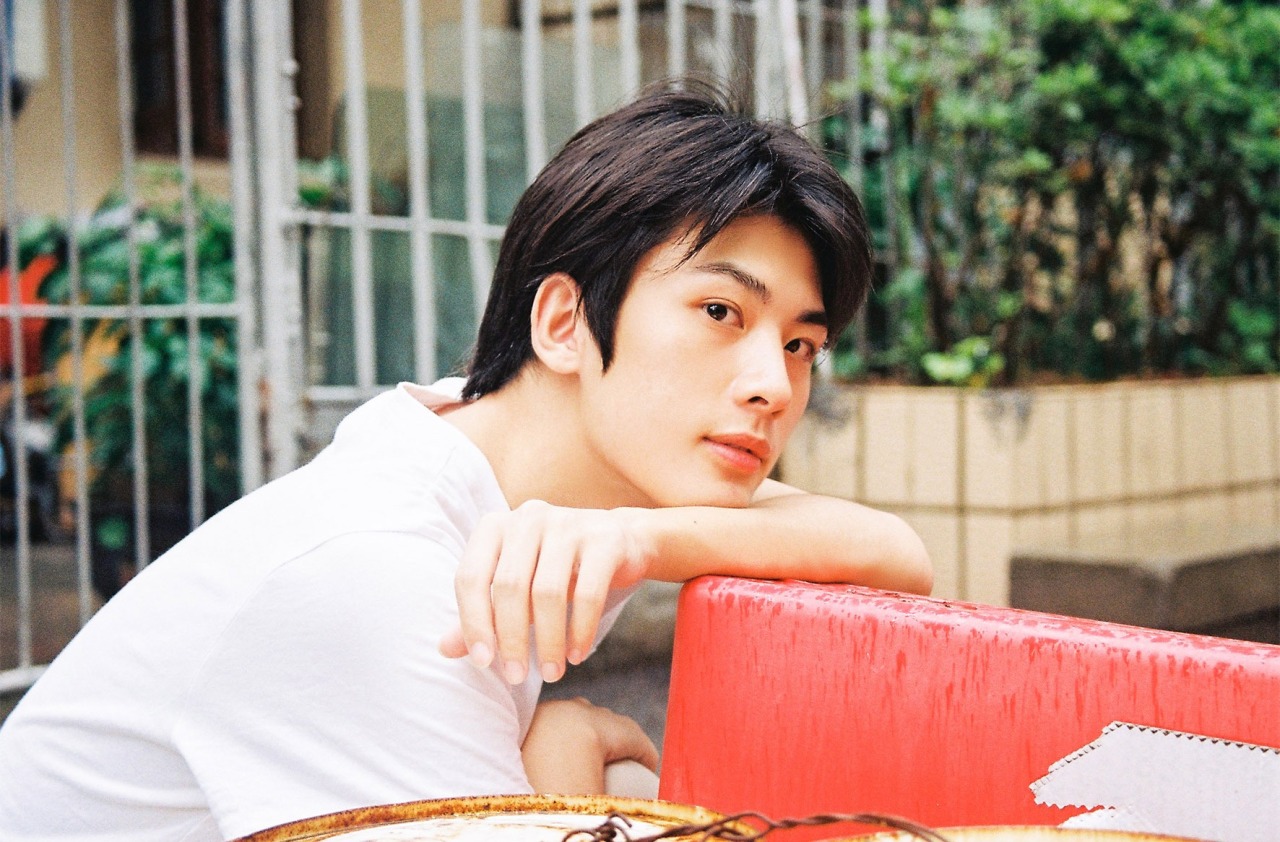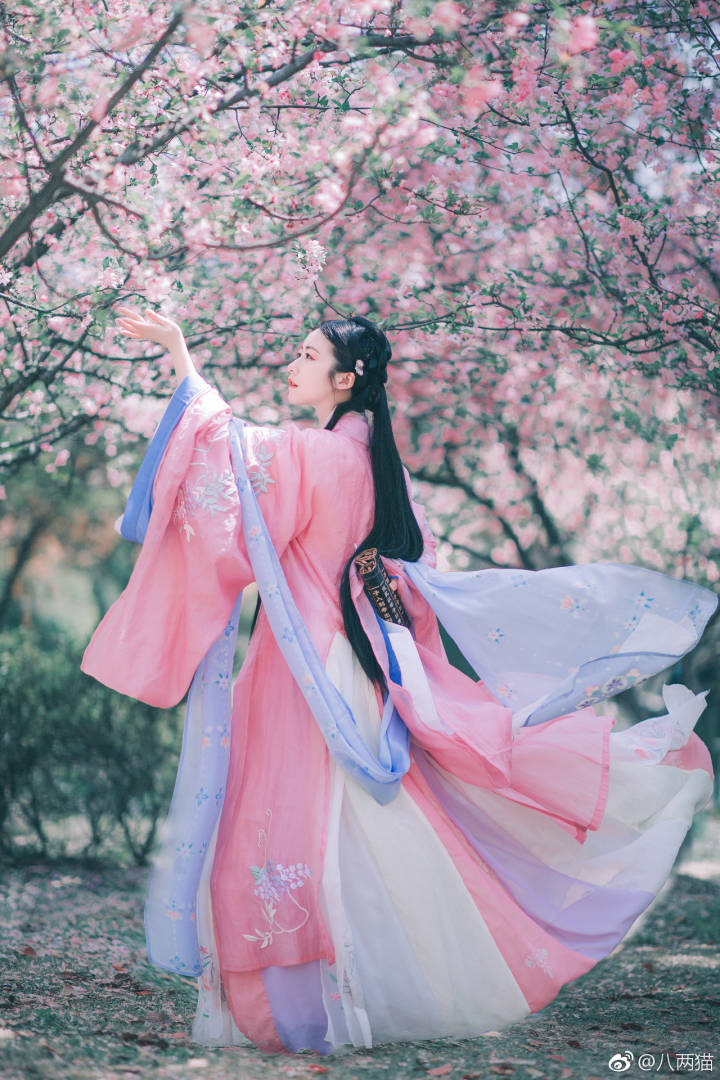Hi, thanks for the question!
The painting you’re referring to is the famous Tang dynasty hand scroll by Zhou Fang, “Court Ladies Wearing Flowered Headdresses/簪花仕女图”. This scroll depicts five palace ladies and a maidservant amusing themselves in a garden.
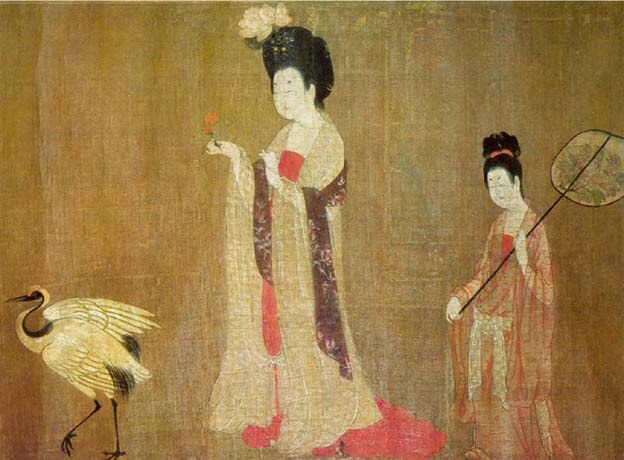
The court ladies’ hairstyle is called Gao Ji/高髻 (High Ji), also known as E Ji/峨髻 (Lofty Ji). “Ji/髻” refers to any hairstyle involving pulling hair on top of the head. Gao Ji was a popular hairstyle among Chinese women during the Tang dynasty. As its names indicate, it refers to a relatively high and full updo, decorated with hair ornaments. Tang culture celebrated fullness and glamour, and that aesthetic extended to hair as well. Tang women believed the higher the hair, the better, with some using wigs to achieve the desired look – it was not uncommon for the updo to reach over one foot in height. Gao Ji was beloved by all classes of women during the Tang dynasty.
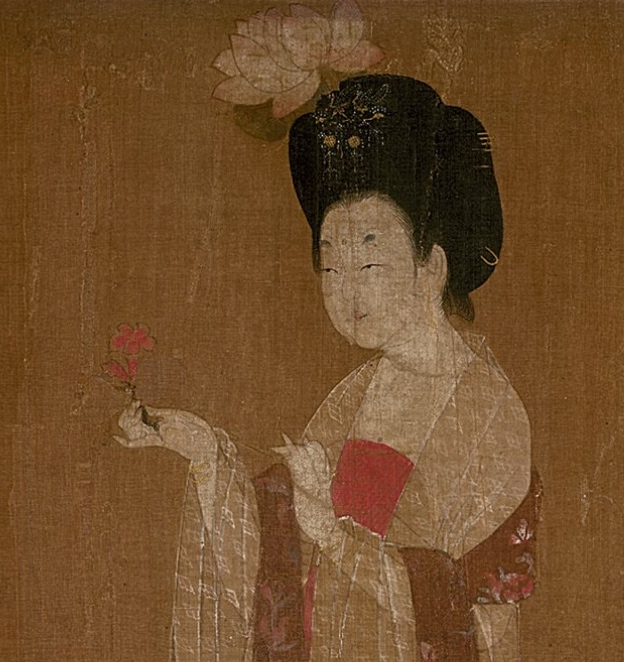
Gao Ji came in several different varieties. The specific one you’re referring to, with the peony pinned to the top, is called Zan Hua Gao Ji/簪花高髻 (Flowered High Ji). This style involved a Gao Ji embellished with huge peony or lotus blossoms, as well as gold hair ornaments.The practice of wearing flowers expressed women’s admiration for the beauty of the blossoms, but also symbolized the fleeting nature of youth.Zan Hua Gao Ji was especially popular among aristocratic women during the Tang dynasty.
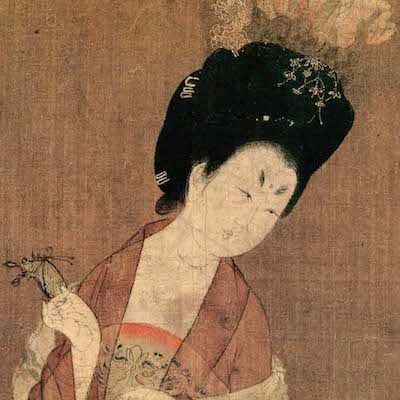
Here are two modern depictions of the hairstyle:
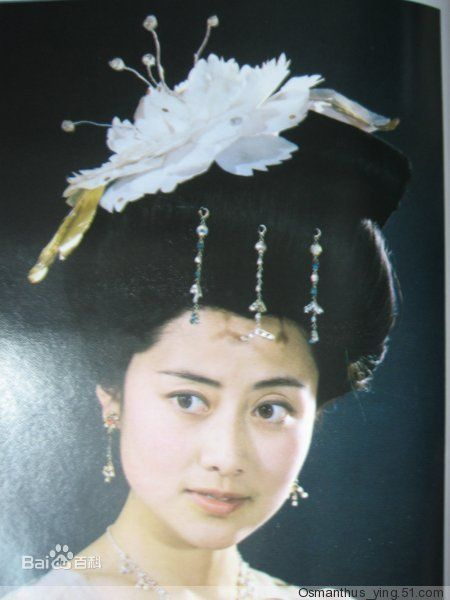

Regarding the court ladies’ outfits – the relatively low neckline and nearly floor-length sleeves of the gowns, and the wide gauze scarves worn as stoles or draped across the arms, are all characteristic of the high court fashion of the Tang dynasty. I also addressed the same question in my reply to you here, so please check it out.
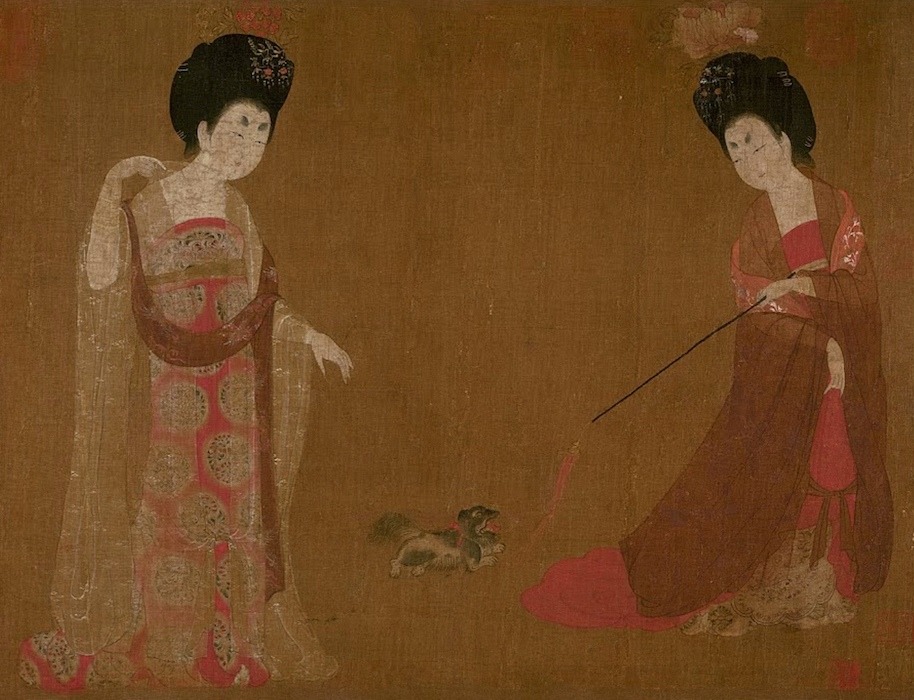
Hope this helps!


